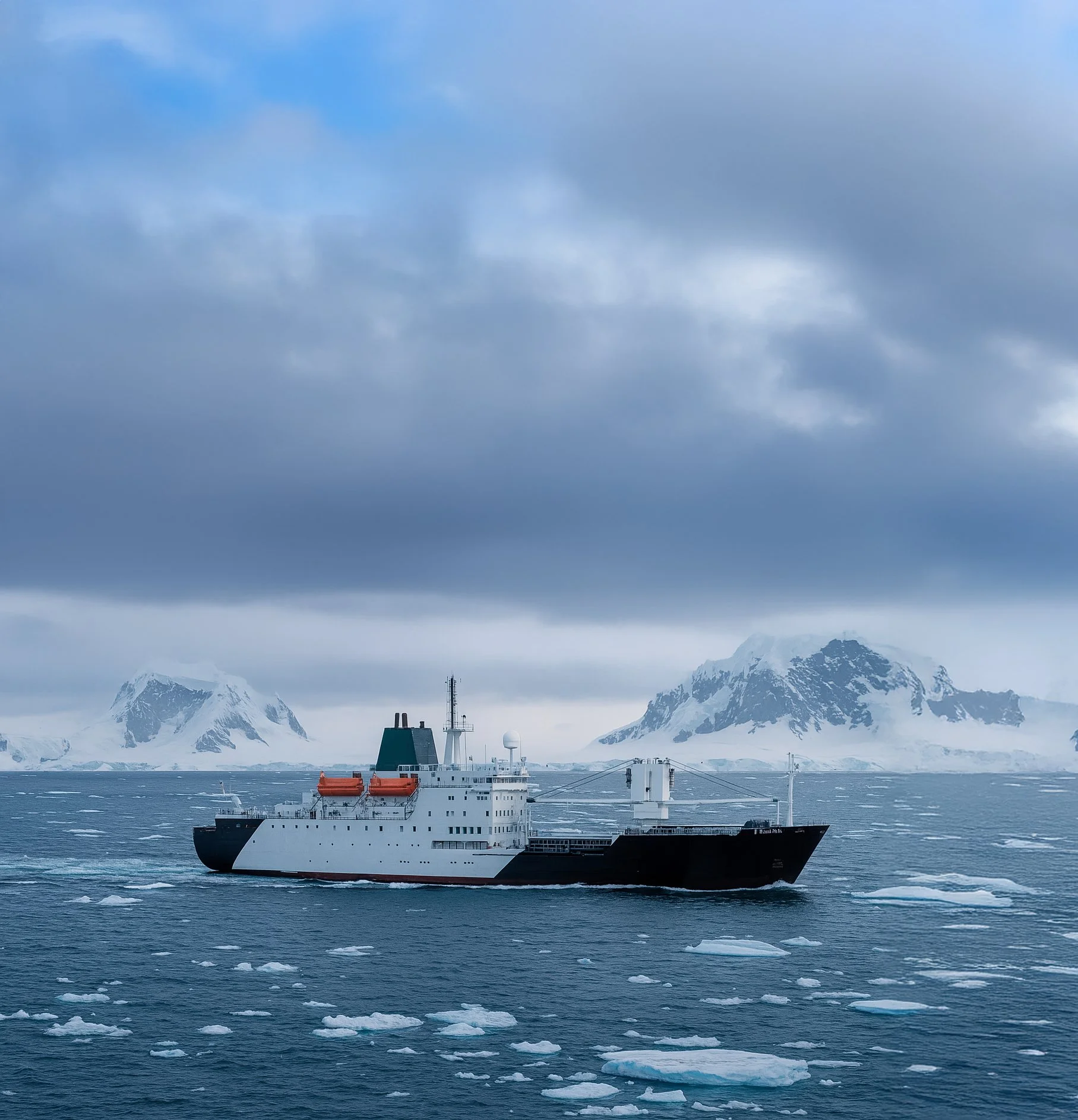The St Helena – “The Lifeline” of the South Atlantic and Beyond
In the world of ships, some vessels transcend their steel and rivets, earning a place in history not just for where they’ve sailed but for what they’ve meant to people. The RMS St Helena is one such ship, affectionately known as “The Lifeline.”
A Ship with a Mission
For over 30 years, the RMS St Helena served as the primary link between the remote island of St Helena—nestled deep in the South Atlantic—and the rest of the world. Before the airport on St Helena opened in 2017, she was the island’s only reliable passenger and cargo connection to the outside world. Islanders, tourists, and essential goods all depended on her, making her far more than just a ship.
Her nickname, “The Lifeline,” was no exaggeration. For the 4,500 residents of St Helena, she brought medical supplies, fresh produce, mail, and visiting family members. When she docked in Jamestown, it wasn’t just another port call; it was an event. Entire communities would gather to watch her arrival, a tradition that turned the St Helena into an icon of connection and resilience.
A Proud Legacy
Built in 1990, the St Helena was part passenger liner, part cargo ship, and fully built for purpose. Her smaller size (98 passengers) allowed her to sail where larger vessels could not, and her dual role made her indispensable. She carried everything from cars to cattle, and countless people have a personal memory tied to her decks.
When she retired from island service in 2018, there was a genuine sense of loss. But her story didn’t end there. She was repurposed to support groundbreaking projects like Extreme E, where she served as a floating base for the world’s first electric off-road racing series. And now, her next chapter takes her to one of the most spectacular frontiers on Earth: Antarctica.
From Lifeline to Expedition Vessel
Today, as part of Terra Nova Expeditions, the St Helena is embarking on an exciting new mission. While her nickname “The Lifeline” comes from her days serving the island, the name still feels fitting. On her Antarctic voyages, she provides a lifeline to adventure—a bridge between travelers and the untouched beauty of the White Continent.
Her small size means every passenger can land and explore, and her history gives her a depth of character that modern ships can’t replicate. She’s not just a vessel; she’s a storyteller, carrying decades of history, exploration, and purpose within her hull.
Why the St Helena Matters
Authenticity: She’s a true expedition ship, built for resilience, not luxury overindulgence.
Connection: Just as she connected the islanders of St Helena to the world, she now connects travelers to the raw, wild heart of Antarctica.
Legacy: Sailing on the St Helena isn’t just about where you’re going—it’s about being part of her ongoing story.
The Lifeline Continues
The St Helena may have started life as a lifeline for a remote island, but she continues to be a lifeline to adventure, exploration, and discovery. Her presence in Antarctica is not just about exploring the unknown; it’s about honoring a ship that has always stood for connection and resilience.

